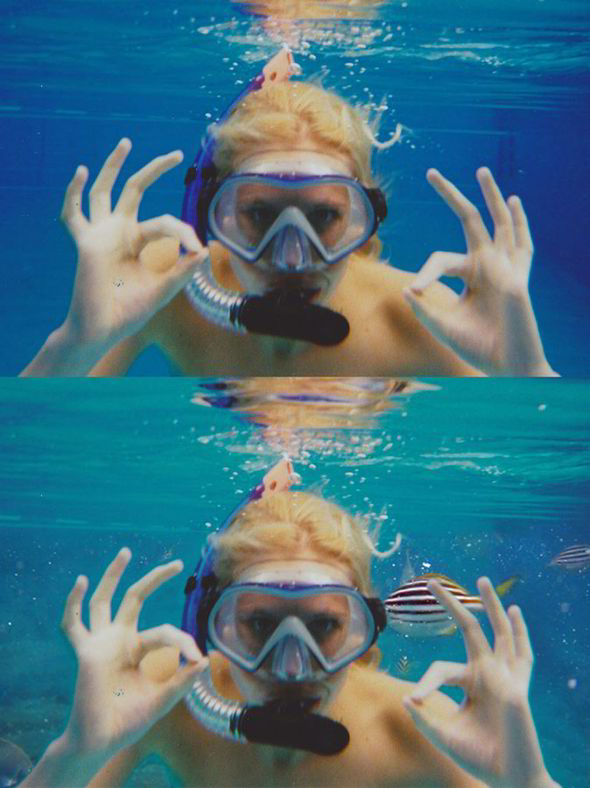How easy is it to convince people that a story is true on social media? Are people reluctant to believe what they read? How about images? Are they believable?
Dutch student Zilla van der Born spent five weeks traveling through Southeast Asia to answer these questions. At least that is what her friends and family believed, based on what she told them before “leaving” and through her social media communications. In reality, van der Born remained in her room and visited different locations in her city to take photographs that would later be altered to appear as though she was in Asia.
 Van der Born planned out her “journey”, faked Skype calls with her parents using different backgrounds to create an Asian façade, and snuck around the city to take pictures that could be easily altered by a graphic designer in order to corroborate her story.
Van der Born planned out her “journey”, faked Skype calls with her parents using different backgrounds to create an Asian façade, and snuck around the city to take pictures that could be easily altered by a graphic designer in order to corroborate her story.

In today’s visual culture, it is not difficult to alter reality via technology. The use of Photoshop is ever-present in photographs and advertisements, creating false versions of reality in consumers’ minds. In the words of Zilla van der Born, “We should be more careful about what we believe, and ask ourselves why a photo is made — how and by whom and with which intention.” The creation of false images is not a new idea, but the acceptance of these images is growing. Deception in advertisement, of a product or of one’s self, is a common issue and van der Born’s mission was to help display this.
People are unaware of the distortion of images they see as they walk down the street, read a magazine, or sit at a bus stop. Does this create an advantage for companies trying to advertise their products? Or does it hinder their ability to deliver on the promises made by their advertisements?
References


I think your post calls attention to a very big issue in social media where people are making their lives out to be more than they actually are. Even though in your post, the girl did it as an experiment, many people try and make their lives seem exciting by putting fake things on social media platforms. I remembered a video that I’d seen before that describes this and I’ve included the link here.
To answer your question, I think that this phenomena makes it clear that marketing companies and advertising companies have a lot of power to make things seem real that aren’t. They can make their products or services seem much better than they truly are and this is a scary realization for consumers. Connecting it back to the video I shared, other people (not only marketers or advertisers) can also contribute in making products or services seem better than they are. Personally, I know many people who try to make their lives seem a lot more exciting on platforms like Instagram or Facebook, when in reality, they are having a normal day. There is a huge potential to make ordinary lives or things seem extraordinary on social media platforms and this is an issue that consumers need to be aware of when viewing an advertisement and also that the general public needs to be aware of when viewing other peoples’ lives.